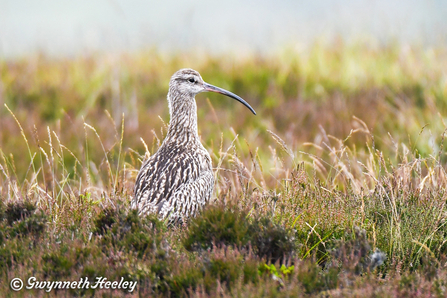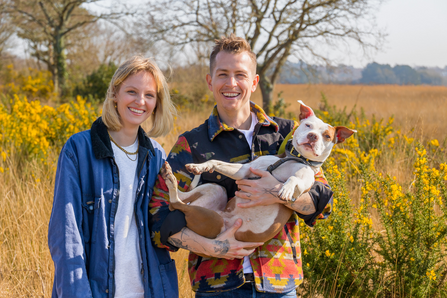WILDLIFE experts in the North-East have issued a plea to dog walkers to lead the way in protecting ground-nesting birds.
Durham Wildlife Trust has joined a national call from The Wildlife Trusts to urge dog owners to keep their pets on short leads to avoid disturbing birds during spring and summer.
Exuberant or inquisitive dogs, wandering or bounding through grass or heather, can easily disturb wildlife, scare birds off nests, or trample eggs. Vulnerable chicks can quickly perish if they are left alone for too long.






